|
|
|||||||||||
I remember nine worlds, nine giantesses, the mighty tree, before the ground below. • 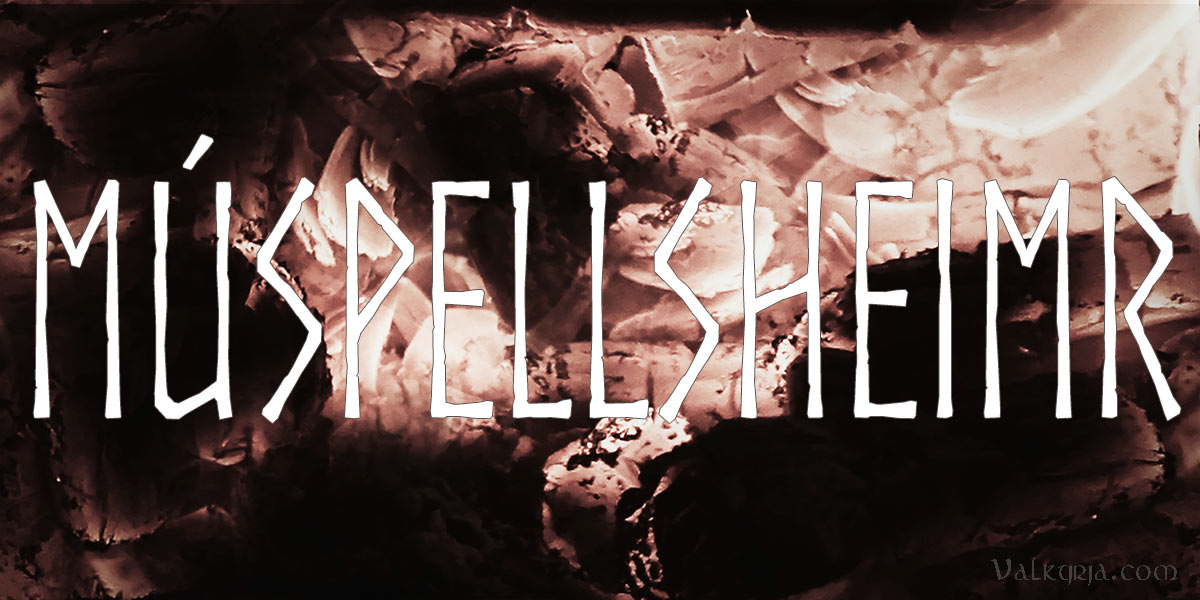
First was the world in the south, which is named Múspell. A region of scorching heat, ablaze with fire. It is impassable to those who are outlanders and do not have holdings there. • 
There is a place in the skies, called Álfheimr. There live the folk which we call Ljósálfar (Light Elves), fairer than the sun to behold. • 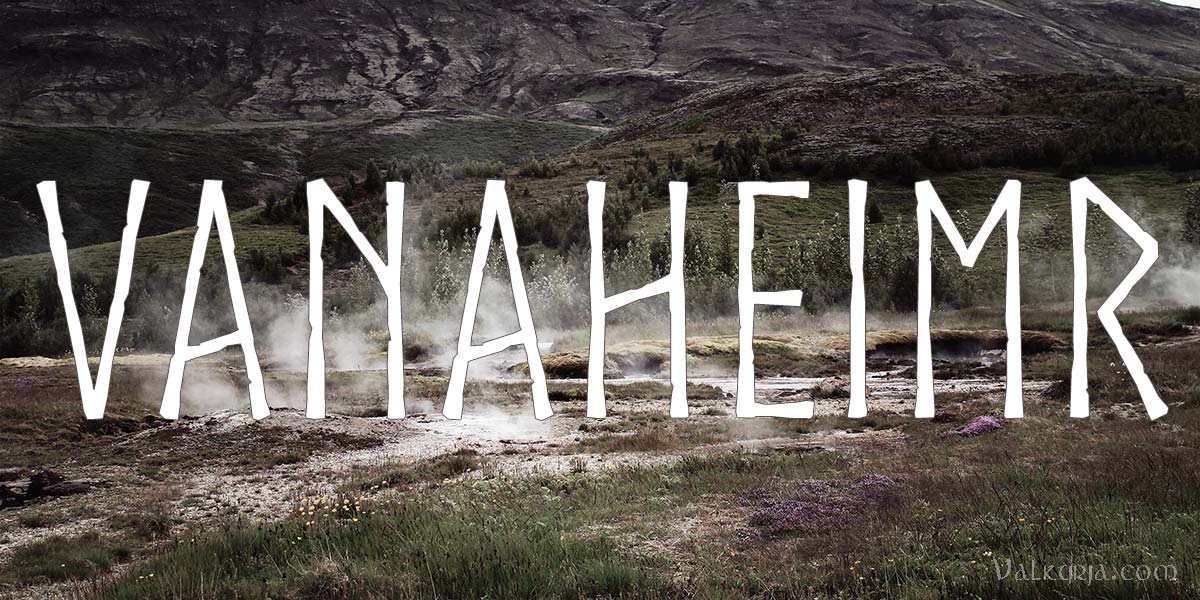
In Vanaheim live the wise Vanir. Here Njörðr was created, he who was sold as a hostage to the Gods. At the end of the ages, shall he return again, home to the realm of the Vanir. • 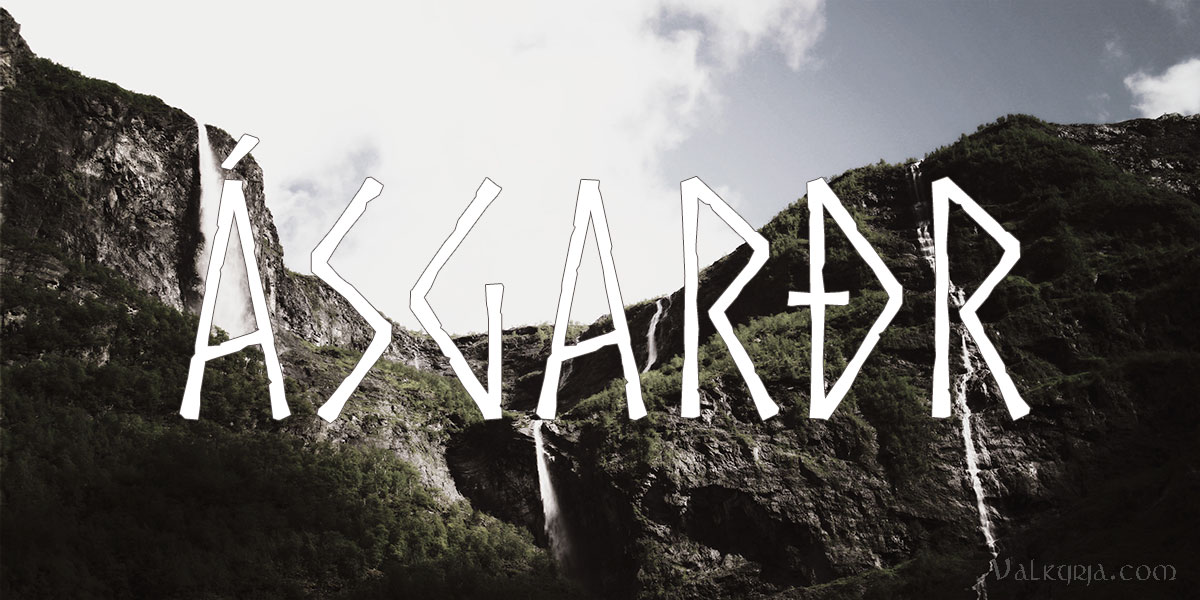
The sons of Bor made themselves an abode in the middle of the world, which is called Ásgarðr. There lived the Gods and their kindred, and many events and tales have come from there to pass on earth and above. • 
Of Ymirs brows, the blithe Gods made, Miðgarð for sons of men. The sons of Bor lifted the land, those who Miðgarð the mighty made; the sun shone from the south, on hall stones, earth was grown, with green herbs. • 
The edges of the earth are circular, and without lies the deep sea. And by the end of the sea the Sons of Bor gave lands for the Jötuns kin to build. • 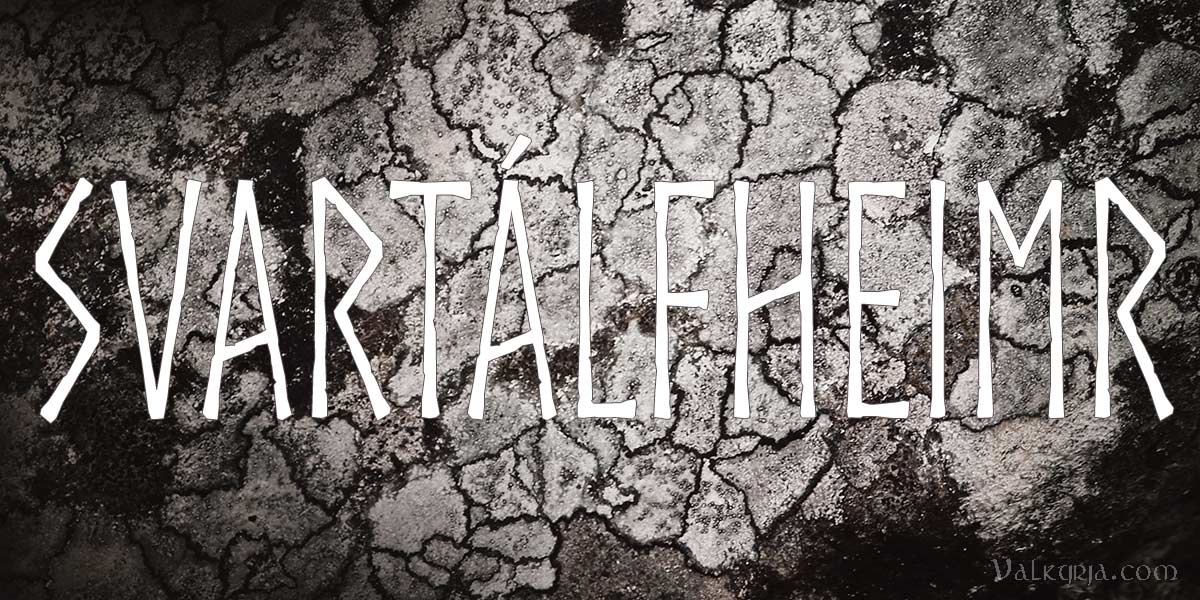
The Dökkálfar (Dark Elves) live below the earth. They are unlike the Ljósálfar in appearance and even more in behavior. Dökkálfar are blacker than pitch. • 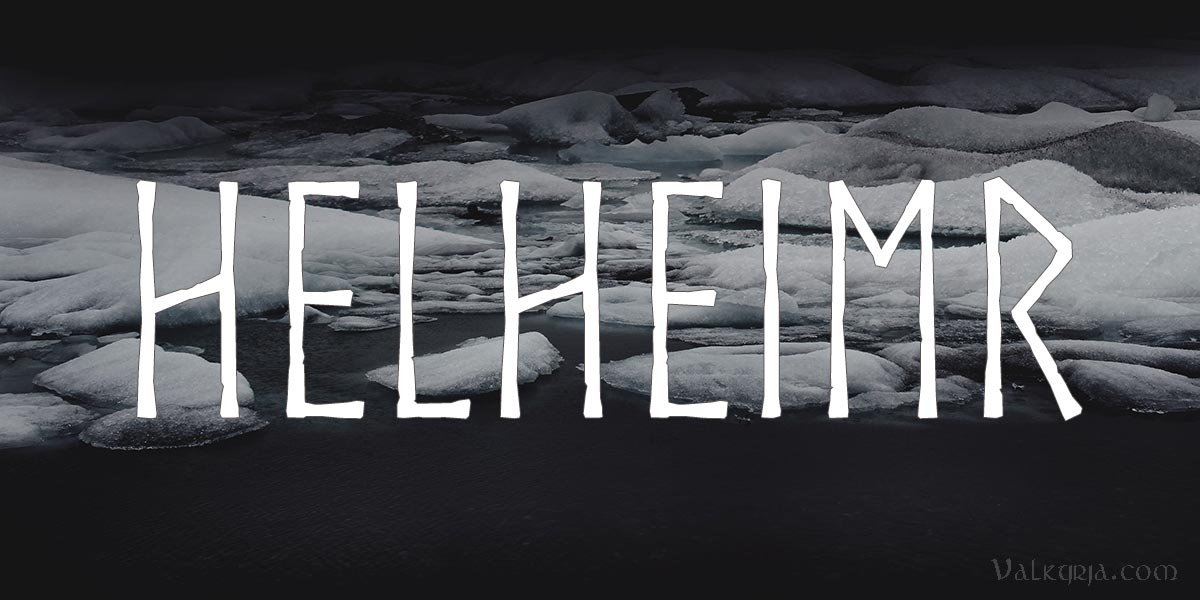
Óðinn cast Hel into Niflheim and gave her the power over the nine worlds, to share abodes between those who were sent to her; those who were dead of sickness or age. • 
It was many ages before earth was created that Niflheimr was made. And like all things cold were from Niflheimr and all things grim, so were all things from Múspell hot and light. But Ginnungagap, that lay between, was as mild as windless air. And ere the rime met the blaze of the heat, so that it melted and dripped, there awoke from the drops and the energy created, a man-like being. ... • The above is my interpretation and attempt to list each domain, but it will not be precise or absolute. There is some variation in names and locations of each world, and in their relation to each other. One example is Hel or Helheimr, which is also treated as a location in Niflheim. Jötunheimr could also be termed Útgarðr, or Miðgarðr and Ásgarðr as Mannheimr and Guðaheimr, respectively. Based on the sources we have available, we can each form our understandings, but I think it is impossible to be very conclusive. I have ofttimes tried to construct the layout of the world tree, its roots and nine worlds in my mind, but there are inconsistencies that make it hard to draw up. Perhaps it is not to be analytically constructed at all. Or perhaps important sources are lost to us. But what can be said is that it is certainly an impressing universe, rich with personifications and metaphors that can tell us a lot about the culture of the time. And the descriptions above form an open invitation to the topic of the Norse creation myth, but that will have to be a different blog post. ^^ Text: Selected stanzas and excerpts from Gylfaginning, Vafþrúðnismál, & Völuspá, freely translated Photography and editing: Valkyrja.com Music: Heilung (Kai Uwe Faust) - Alfadhirhaiti # Comments
|
 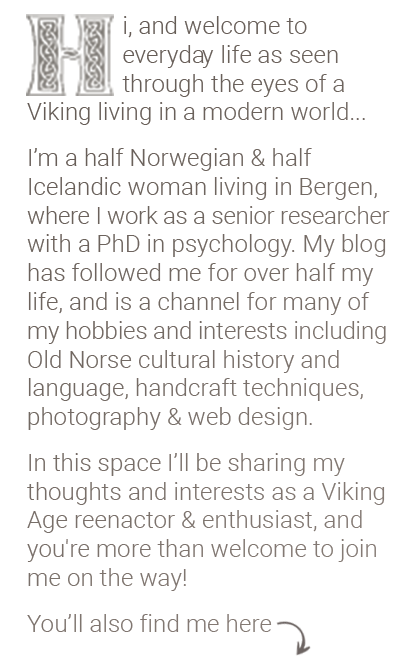
|
||||||||||
|
|||||||||||

